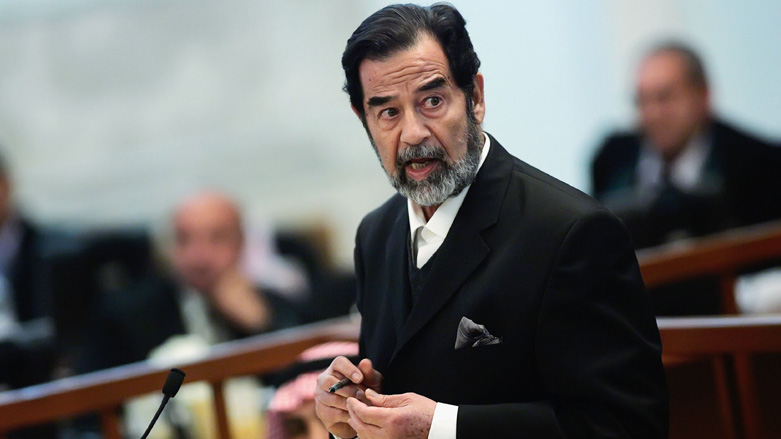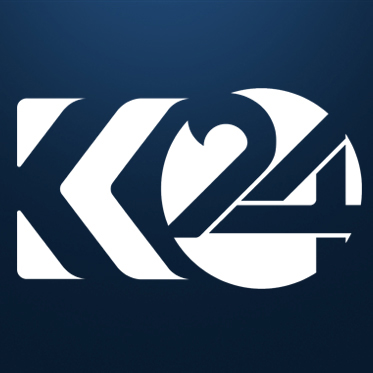Iraqi MP suggests image of Saddam in handcuffs be displayed in Parliament, Gov. halls

ERBIL (Kurdistan 24) – An Iraqi lawmaker on Wednesday proposed to prominently display the infamous image of the former dictator of Iraq, Saddam Hussein, in handcuffs within the halls of Parliament and government institutions as a cautionary tale for current and future officials in the country.
“This image should be placed on the walls of Parliament and government buildings so that officials know that abuse of power and self-enrichment do not last forever… and those days are shared among our people,” said Kadhim al-Siyadi, an Iraqi Member of Parliament, on his official Facebook account.

Saddam, an authoritarian leader and dictator, ruled Iraq for over two decades, from 1979 to 2003.
After the toppling of his regime in 2003 by the US-led coalition of the time, he went into hiding. He was eventually captured by American forces on December 13, after being found hiding in a hole in the ground near a farmhouse in ad-Dawr, near Tikrit.

After a series of court trials, he was executed by hanging on Dec. 30, 2006, in Baghdad.
Siyadi’s comment comes as corruption and mismanagement in government remain a challenge in the oil-rich country.
Successive Iraqi federal governments have not been able to put an end to corruption. The current government, who ran on a reformist platform, continues to struggle to address the widespread mismanagement of public funds while facing strong resistance from within its own institutions.
Iraq has one of the world’s largest oil reserves and is the second-largest oil producer in the Organization of the Petroleum Exporting Countries (OPEC). However, its citizens suffer from extreme poverty and high unemployment rates.
The embattled Middle Eastern nation continues to rank high on Transparency International’s list for corruption, fraud, and mismanagement of state institutions, some of the most significant challenges facing the country since the fall of the former regime in 2003.
According to the organization’s 2018 Corruption Index, Iraq ranks 168th, the 12th most corrupt country out of a total of 180.
Editing by Nadia Riva
